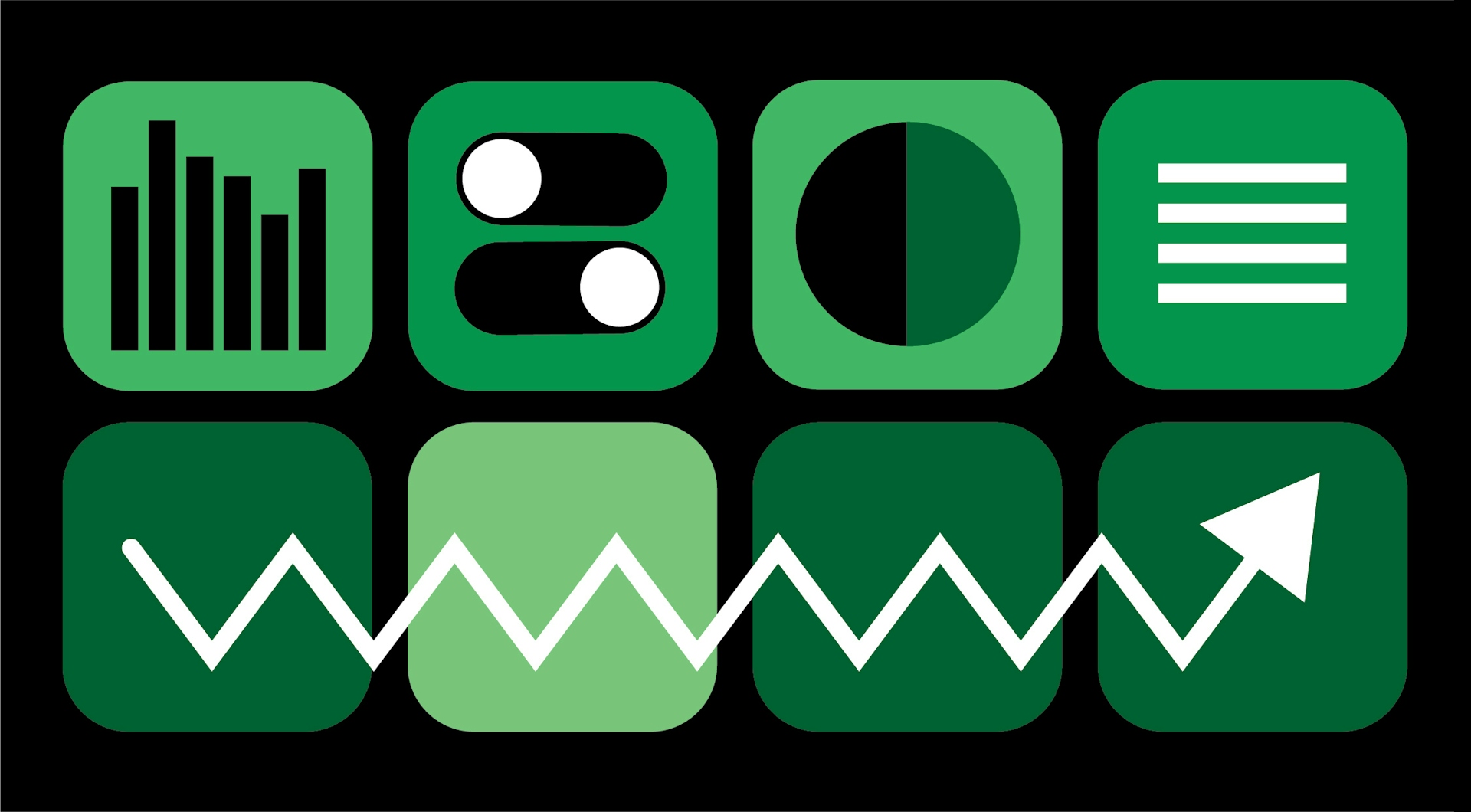7 UX Design Tips for Fintech
The global fintech market grew to $112 billion in 2021 and it’s expected to reach $332 billion by 2028. Needless to say, fintech is flourishing. However, the digitization of financial services brings new challenges for UX/UI designers. For the most part, they're notoriously tricky to design for. Whether it’s mobile banking, peer-to-peer payments, or stock and cryptocurrency exchanges, each fintech platform comes with its own set of industry jargon and a host of federal regulations.
After a designer finally maneuvers through strict legal guidelines, the problem is making sure the digital experience is intuitive, fresh, and exciting. To help you find that delicate balance between utility and usability, we’ve put together 7 tips for fintech UX design.
1. Simplify the registration process
When you open an account at your local bank, a teller walks you through the entire process. When you open an account on your smartphone, you are your own guide. Reading through pages of legalese and typing in your information can be dull and sometimes mind-numbing. To avoid this and allow users to focus on one thing at a time, break the registration process down into smaller steps. Instead of manual text inputs, provide dropdown lists, checkboxes, or any other easy-to-use selection controls. For questions that don’t need an answer right away, give users the option to revisit them at a later time. You can then send helpful reminder prompts.
2. Create friction
The buzzword for digital experiences is “frictionless,” but there’s an exception when it comes to money. If the experience is too easy, then you run the risk of users making mistakes like accidental withdrawals or premature transfers. Help users effectively and thoughtfully manage their finances by adding positive roadblocks like confirmation pop-ups and identity verifications (think email authorizations and personal identification numbers).
3. Add data visualization tools
Finance platforms have a lot of numbers and it’s easy to get lost in them. Help users view and gain a better understanding of their finances with visualization tools. Include charts that break down spending and if the platform is used to trade stocks or cryptocurrencies, use graphs to illustrate their real-time value.
4. Gamify – in moderation
Gamification in fintech UX has two purposes. 1. To motivate users to engage and continue engaging with a product and 2. To simplify otherwise complicated information or data. Since money is a serious matter, you don’t want it to feel entirely like a game, but you do want to make it stimulating enough to keep users interested. Add money or points trackers, progress bars if users are working toward a goal, and badges and rewards (or even animated confetti) for when users hit milestones. These gamification tactics may be small, but they also teach financial literacy. They encourage users to be mindful with their money and think more about the future.
5. Incorporate great copy
UX design for fintech should take a holistic approach and designers should always create with content in mind. Most of the time, financial jargon is complex and it can even discourage people from using fintech platforms and products entirely. Clear, straightforward copy can uncomplicate and humanize even the most complex financial subjects. For words that can’t be simplified, include a glossary of definitions users can reference whenever they need to.
6. Cut back the functions
More features don’t always mean more success. In fact, too many functions can be confusing. People don’t use platforms and services because of how many options they have. They want help achieving specific goals, so limit functions to the ones that best match users’ needs and add value to their experience.
7. Personalize and customize
The financial market often seems cold and uninviting. Sometimes, it’s even intimidating and that’s all the more reason to add some soul to fintech UX. To establish an emotional connection with users, keep things casual, refer to the user by name, and incorporate AI elements that can anticipate the user’s needs. Give them greater control over the user journey by adding customization tools, greater profile options, and enhanced preference settings.
The goal when designing for fintech is to always create a positive user experience, even as design trends shift and the market fluctuates. Big Human has a history of working with digital finance platforms. (You can read more about our work with Gemini, the world’s first cryptocurrency exchange, here.)
If you need an extra hand with building your fintech product, get in touch.
